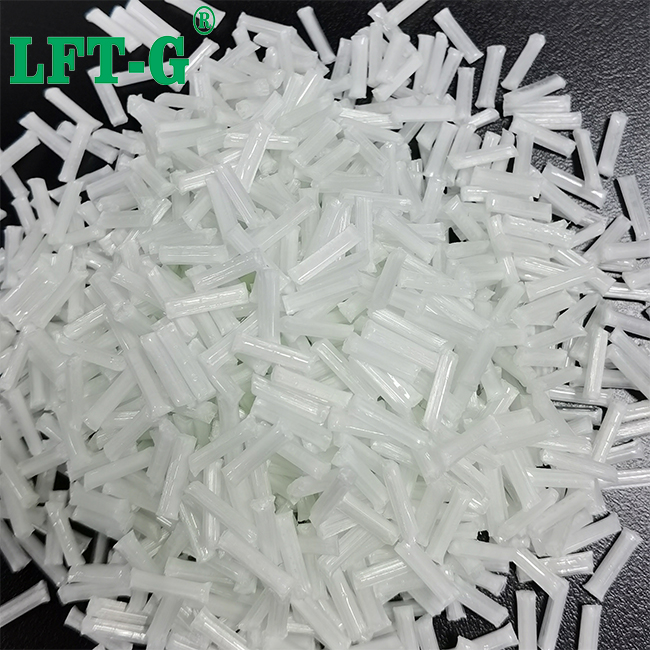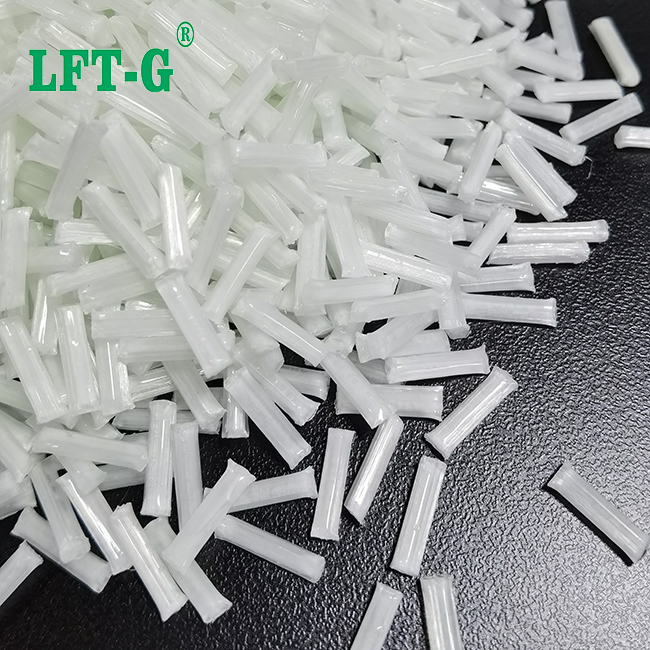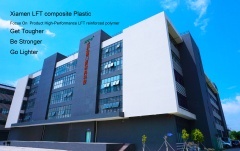nuevo blog
El polipropileno (PP) se divide en polipropileno homopolímero (PP-H), bloque (resistencia al impacto) polipropileno copolímero (PP-B) y polipropileno copolímero aleatorio (aleatorio) (PP-R), entonces, ¿cuáles son las ventajas y desventajas de todos los tipos? del PP? Lo compartiré contigo aquí.
1. Polipropileno homopolímero (PP-H)
Se fabrica por polimerización de un solo monómero de propileno. La cadena molecular no contiene monómero de etileno, por lo que la regularidad de la cadena molecular es muy alta, por lo que la cristalinidad y el rendimiento de impacto del material son deficientes. Para mejorar la fragilidad del PP-H, algunos proveedores de materias primas también adoptan el método de modificación de mezcla de polietileno y goma de etileno polipropileno para mejorar la tenacidad del material, pero no puede resolver esencialmente la resistencia al calor y la estabilidad a largo plazo del PP. -H
Ventajas: Buena resistencia
Desventajas: baja resistencia al impacto (frágil), poca tenacidad, poca estabilidad dimensional, fácil envejecimiento, resistencia al calor a largo plazo y rendimiento de estabilidad
Uso: grado de soplado, grado de hilo plano, grado de inyección, grado de fibra, grado de película soplada. Se puede usar para empacar cinturones, botellas de soplado, cepillos, cuerdas, bolsas tejidas, juguetes, carpetas, suministros eléctricos, artículos para el hogar, fiambreras para microondas, cajas de almacenamiento, películas de papel para envolver Discriminación: un fuego para abrir el cable es plano, no
largo


The MFR of PP's turnover rate ranges from 1 to 40. Low MFR PP materials have better impact resistance but lower tensile strength. For materials with the same MFR, the strength of copolymer type is higher than that of homopolymer type. Due to crystallization, PP shrinkage is quite high, generally 1.8-2.5%.
According to the international standard classification, polypropylene (PP) is divided into homopolymer polypropylene (PP-H), block copolymer polypropylene (PP-B) and random copolymer polypropylene (PP-R), because the temperature of homopolymer PP is very brittle above 0℃, Therefore, many commercial PP materials are random copolymers with 1-4% ethylene or clip-on copolymers with higher ethylene content.
Copolymer PP material has lower thermal distortion temperature (100℃), low transparency, low gloss, low rigidity, but has stronger impact strength. The strength of PP increases with increasing ethylene content. The Vica softening temperature of PP was 150℃. Due to its high crystallinity, the material has good surface stiffness and scratch resistance. There is no environmental stress cracking problem in PP. PP is usually modified by adding glass fiber, metal additives or thermoplastic rubber. The MFR of PP's turnover rate ranges from 1 to 40. Low MFR PP materials have better impact resistance but lower tensile strength.
For materials with the same MFR, the strength of copolymer type is higher than that of homopolymer type. Due to crystallization, PP shrinkage is quite high, generally 1.8-2.5%. And the directional uniformity of shrinkage rate is much better than PE-HD and other materials. Adding 30% glass additive reduces the shrinkage rate to 0.7%.
Homopolymer type and copolymer type PP materials have excellent hygroscopic resistance, acid and alkali corrosion resistance, solubility resistance. However, it has no resistance to aromatic hydrocarbon (such as benzene) solvents, chlorinated hydrocarbon (carbon tetrachloride) solvents, etc. PP also does not have oxidation resistance at high temperature like PE homogeneous PP polypropylene has poor toughness, poor dimensional stability and easy aging and other shortcomings, limiting its scope of application. And copolymer polypropylene, with high strength, rigidity, good heat resistance, good dimensional stability, good processing performance and low temperature toughness excellent advantages, so it can be widely used in the production of turnover box, bottle, paint bucket, large container and heavy load packaging, can also be used in the production of pipe, plate, battery shell, etc. It can also be used as the base material of other high-grade polypropylene special materials homopolymer is a monomer polymerization, and copolymerization is composed of more than two monomer copolymerization, homopolymer molecular structure is regular, and the introduction of copolymer monomer, damage the regularity of the molecular chain, so that the crystallinity is reduced, rigidity, heat resistance, hardness, and toughness, transparency increase.
Random copolymerization PP copolymerization and block copolymerization, random copolymerization PP can be used as film material, transparent heat sealing property is good, PPR for pipe long-term creep resistance; Block copolymerization good impact, used for automobile, washing machine accessories. Another kind of copolymerization PP due to the length of the branch chain, can increase the strength of the melt, that is, the so-called high melt strength PP(HMSPP), can be used for foaming. Homopolymer pp is generally brittle, rigid, bending modulus can reach more than 2000MPa; Copolymerization pp is divided into block copolymerization and random copolymerization, block copolymerization PP contains more ethylene, good toughness, but poor transparency; Random copolymerization PP contains less ethylene (3-5%), good transparency, low melting point (about 130 degrees, the first two about 160 degrees), good heat sealing performance.

Our company can provide a variety of PP modified materials, and can provide free material testing and analysis, injection process technical support, project injection material selection, welcome to consult.